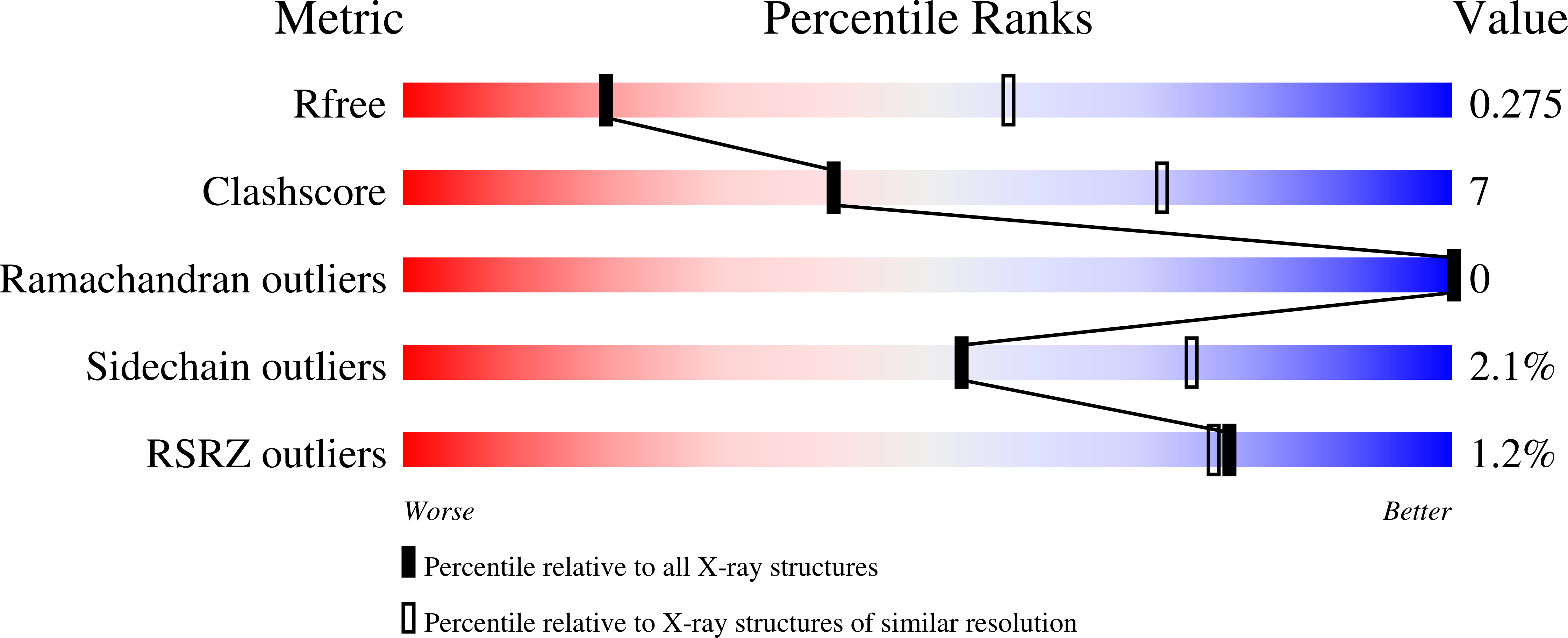
Deposition Date
2023-08-10
Release Date
2024-07-17
Last Version Date
2025-06-04
Entry Detail
PDB ID:
8TRV
Keywords:
Title:
Structure of the EphA2 LBDCRD bound to FabS1C_C1
Biological Source:
Source Organism:
Homo sapiens (Taxon ID: 9606)
Host Organism:
Method Details:
Experimental Method:
Resolution:
3.25 Å
R-Value Free:
0.27
R-Value Work:
0.21
R-Value Observed:
0.21
Space Group:
P 21 2 21


